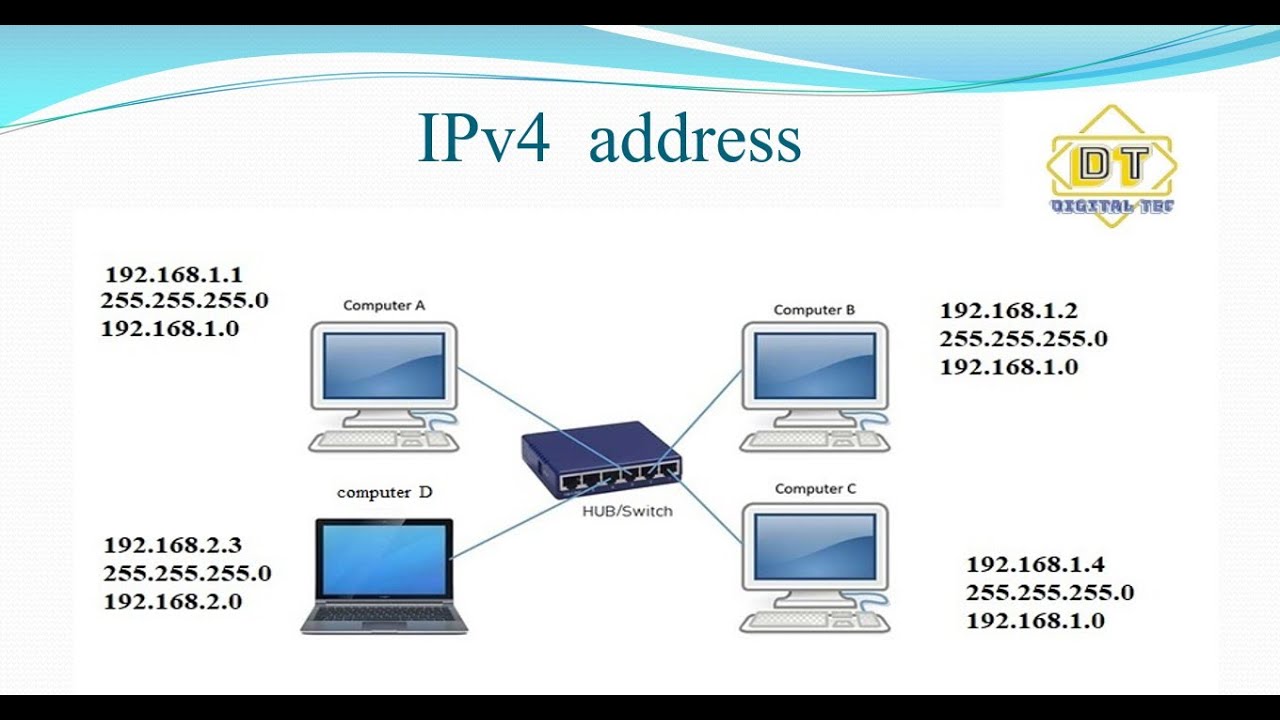
It is equivalent to the IPv4 loopback address of 127.0.0.1. Used to identify a loopback interface, enabling a node to send packets to itself. Never assigned to an interface or used as a destination address, used only to indicate the absence of an address. Note: If interface is set as bridge port, interface specific link-local address is removed leaving only bridge link-local address These addresses are comparable to the auto-configuration addresses 169.254.0.0/16 of IPv4.Ī link-local address is also required for Neighbor Discovery processes. Address prefix is always FE80::/64 and IPv6 router never forwards link-local traffic beyond the link.
#Loopback ipv6 mac#
Read More >.Ī link-local address is required on every IPv6-enabled interface, applications may rely on the existence of a link-local address even when there is no IPv6 routing, that is why link-local address is generated automatically for every active interface using it's interface identifier (calculated EUI-64 from MAC address if present). Global unicast address can be automatically assigned to the node by Stateless Address auto-configuration.


IPv6 prefix is written in address/prefix-length format. Otherwise, you could not determine the number of 0 bits represented by each instance of a double-colon Note: Zero compression can only be used once. These contiguous sequence can be compressed to :: 2001:470:1f09:131 ::9 IPv6 address can be further simplified by removing leading zeros in each block:Īs you can see IPv6 addresses can have long sequences of zeros. The resulting representation is called colon-hexadecimal. IPv6 addresses are represented a little bit different than IPv4 addresses.įor IPv6, the 128-bit address is divided in eight 16-bit blocks, and each 16-bit block is converted to a 4-digit hexadecimal number and separated by colons. One difference between IPv6 and IPv4 addressing is that IPv6 automatically generates a link-local IPv6 address for each active interface that has IPv6 support.

There are multiple IPv6 address types, that can be recognized by their prefix. IPv6 address syntax and types are described in RFC 4291. To complete my question based on the current answer: $ tail -3 /etc/resolv.IPv6 uses 16 bytes addresses compared to 4 byte addresses in IPv4. I am curious as to why during those 2 hours of my computer uptime, there are 4 packets on IPv6 loopback only? Thank you. Num pkts bytes target prot opt in out source destinationġ 0 0 DROP all - any any anywhere anywhere ctstate INVALID /* protection */Ģ 29177 3028K ACCEPT all - lo any anywhere anywhere /* loopback */ģ 0 0 ACCEPT icmp - any any anywhere anywhere limit: avg 5/sec burst 15 /* icmp4 */Ĥ 29053 93M ACCEPT all - any any anywhere anywhere ctstate RELATED,ESTABLISHED /* traffic4 */ĥ 0 0 ACCEPT tcp - any any 192.168.0.0/24 anywhere ctstate NEW,ESTABLISHED tcp dpt:ssh /* ssh_local */Ĭhain INPUT (policy DROP 21 packets, 3321 bytes)ġ 1 60 ACCEPT all any any anywhere anywhere ctstate INVALID /* protection */Ģ 4 292 ACCEPT all lo any anywhere anywhere /* loopback */Ĩ ACCEPT ipv6-icmp any any anywhere anywhere limit: avg 20/sec burst 50 /* icmp6 */Ĥ 279K 421M ACCEPT all any any anywhere anywhere ctstate RELATED,ESTABLISHED /* traffic6 */ĥ 18 3172 ACCEPT udp any any anywhere fe80::/64 ctstate NEW udp dpt:dhcpv6-client /* dhcp6 */

My OS: Linux Mint 20, kernel version 5.4.0-42.įor the purpose of generating the output below, I defined an alias: alias iptables-watch="sudo watch -n30 'iptables -list INPUT -verbose -line-numbers & echo & ip6tables -list INPUT -verbose -line-numbers'"Įvery 30.0s: iptables -list INPUT -verbose -line-numbers & echo & ip6tables -list INPUT -verbose -line-numbersĬhain INPUT (policy DROP 1656 packets, 116K bytes) Why is IPv6 not so heavily using loopback as IPv4 does?


 0 kommentar(er)
0 kommentar(er)
